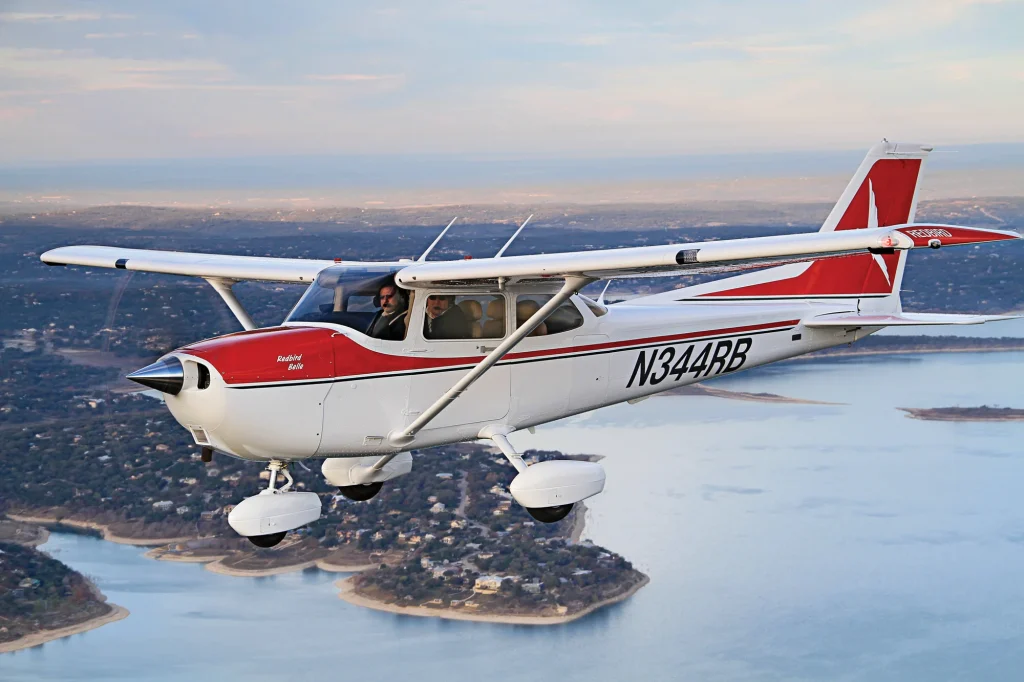Like all major purchases, buying an aircraft is a big decision that requires thorough planning. There are many important aspects to consider, such as securing proper aircraft financing, knowing the ins and outs of aircraft financing, including loan terms and insurance. Each of these is essential for a successful transaction. Let’s consider the important parts before you submit your application.
Find Your Purpose, Then Find Your Aircraft
Choose your mission and find the aircraft that aligns with it. Figuring out what purpose your aircraft will serve will help you identify what requirements it must meet. Consider aspects like range, passenger capacity, and operational needs. Choosing the appropriate aircraft for your goals confirms your investment matches your needs, streamlining the process and potentially cutting costs.
Set A Timeline
Aircraft financing is a process that requires time. Understanding the lender’s processing timeline is important. Rushing can lead to complications and starting too early may lead to renewing your approval. Communicate your timeline with your financing partner and plan ahead as necessary.
Get Pre Qualified
Speak with an aviation finance professional today to get your real rate on your next aircraft purchase!
How Will the Aircraft be Registered and Owned?
Your ownership arrangement will affect the financing process and loan terms. Seek advice from financial and tax experts to choose the best ownership structure. Share this information with your financing partner early on in the process, as it will impact the approval and closing of the transaction.
Prepare Financial Documents
Many lenders demand personal guarantees for aircraft loans. They may need you to submit at least two years of tax returns and business financial statements. If you don’t have the necessary documentation in order, you may need to consider alternative options such as asset-based loan products with distinct requirements and terms.
Get an Insurance Estimate
Aircraft lenders mandate hull and liability coverage throughout the loan duration. Getting insurance quotes early on will speed up the financing of your selected aircraft and offer a better understanding of total expenses. It’s worth noting that when financing an aircraft, the loss payee must be the lending financial institution. Specific language requirements apply, so consult your financing partner before finalizing insurance.
Streamline Your Priorities
When considering aircraft finance, focus on three key factors: capital cost, amortization terms, and loan-to-value (LTV) ratio. Prioritizing these can assist in securing the best terms suitable for your circumstances. Seek guidance from your CFO or financial advisor to determine the optimal approach.
Consider the Aircraft’s Usage for Amortization Terms
When selecting a financing option, usage plays a key role. Decide if you intend to permit Part 135 (Charter) usage and whether it’s possible to utilize charter or fractional ownership for extended trips. Aligning usage with amortization terms ensures that loan terms match the aircraft’s expected lifespan and usage.
Assess the Tax Implications of Aircraft Ownership
Evaluate if your ownership structure enables you to benefit from tax depreciation. Consult a tax professional to understand potential tax advantages and liabilities associated with your aircraft purchase.
Do I Have an Acquisition Team?
You will want to assemble a group of specialists from various backgrounds, including acquisition brokerage, finance, insurance, and tax, for a smoother process. Collaborate with this team to tackle any potential issues that may arise during the aircraft purchasing process. Having a well-rounded team in place streamlines the aircraft transaction and eliminates potential obstacles along the way.


